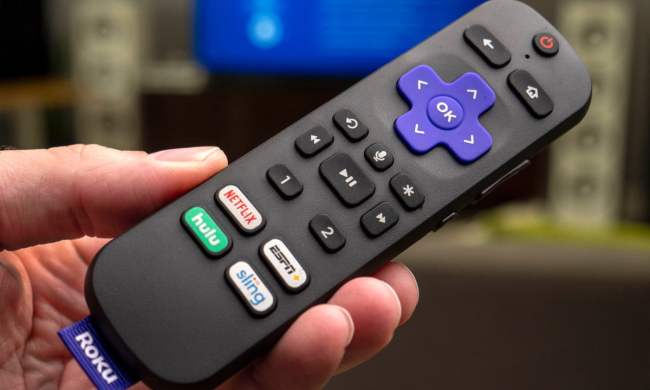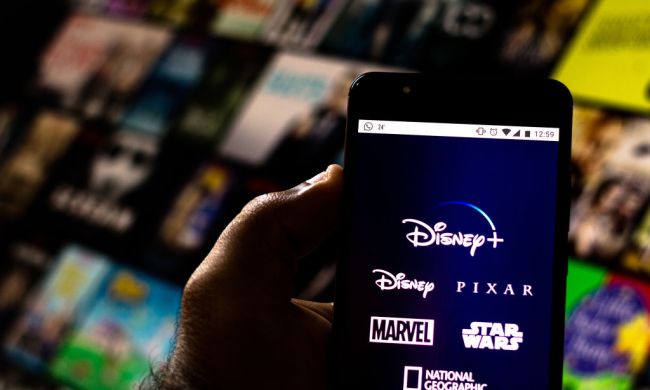AirPlay 2 is now a feature on many 2020 smart TVs from Samsung, LG, Sony, and Vizio, and several of these companies have also pledged the same support their older models, too.
LG indicated that it would bring the wireless audio and video technology to its 2018 TVs, but a report from AppleInsider on September 3, citing a tweet from an LG Twitter account out of the U.K., appeared to throw cold water on that commitment.
“LG has no plans to update its pre-2019 TVs with Airplay2 or Homekit unfortunately,” the now-deleted tweet said. Digital Trends reached out to our contacts at LG to confirm the information, but we were pleasantly surprised to hear that the tweet was not accurate. “The update for Airplay 2 and HomeKit [for 2018 TVs] is still under development,” an LG representative told us. “In fact, 2018 TVs just recently received the update to add the Apple TV app.”
So while that’s good news for owners of these TVs, LG’s spokesperson did not offer any timing for the release of AirPlay 2 and HomeKit support.
An LG Canada support article briefly mentioned October 2020 as the timing for it to happen, but it was then quickly edited to remove this info.
While AirPlay 2 brought support for multiroom audio via the Apple Home app, iOS and MacOS users will also get the benefit of being able to throw their favorite videos, photos, and music to compatible TVs, as well as the ability to mirror their Apple phones and tablets. To use Apple’s parlance, it will just work. Thanks to an open API, we’ll also start to see more third-party apps supporting the wireless audio and video standard — the popular VLC video player app is even slated to get AirPlay 2 functionality later this year.
Here are all of the TVs confirmed by Apple to be getting AirPlay 2 as it continues to roll out:
| LG | Samsung | Sony | Vizio |
| LG OLED (2020, 2019) | Samsung QLED 8K and 4K Series (2019, 2018) | Sony Z8H Series (2020) | Vizio P-Series Quantum X (2019) |
| LG NanoCell NANO 9, 8 series (2020) | Samsung 8 Series (2019, 2018) | Sony A9S Series (2020) | Vizio P-Series and P-Series Quantum (2019, 2018, 2017, and 2016) |
| LG UHD UN 8 series (2020) | Samsung 7 Series (2019, 2018) | Sony A8H Series (2020) | Vizio M-Series and new M-Series Quantum (2019, 2018, 2017, and 2016) |
| LG UHD UN 71 series or above (2020) | Samsung 6 Series (2019, 2018) | Sony X95H Series (2020) | Vizio E-Series (2018, 2017, and 2016 UHD models) |
| LG NanoCell SM9X series (2019) | Samsung 5 Series (2018) | Sony X90H Series (2020) | Vizio V-Series (2019) |
| LG NanoCell SM8X series (2019) | Samsung 4 Series (2018) | Sony X85H Series (2020) | Vizio D-series (2018) |
| LG UHD UM7X series (2019) | Samsung The Frame Series (2018, 2019) | Sony X80H Series (2020) | |
| Samsung The Serif Series (2019) | Sony Z9G Series (2019) | ||
| Sony A9G Series (2019) | |||
| Sony X950G Series (2019) | |||
| Sony X850G Series (2019 85-inch, 75-inch, 65-inch, and 55-inch models) | |||
| Sony Z9F Series (2018) | |||
| Sony A9F Series (2018) |
Keen observers will note the absence of TCL, Sharp, Hisense, and others from this list. We’re also somewhat surprised that LG’s 2018 and 2017 models remain unsupported, especially since these TVs are already Miracast-enabled.
These TVs are not the only way to enjoy AirPlay 2 — or Apple TV — without an actual Apple TV set-top box. Roku devices are getting both of these services, and Amazon’s Fire TV devices will be getting Apple TV (and possibly AirPlay 2, though this has not been confirmed yet).
As Apple starts to expand the AirPlay 2 universe of devices, it might evolve beyond its current life as a video and audio transport mechanism to become the Trojan horse that lets Apple add HomeKit support to millions of new devices.
We’ll be updating this post as more devices are added, so be sure to bookmark it and check back regularly.
Updated on September 4, 2020: Added new info about 2018 LG TVs.



